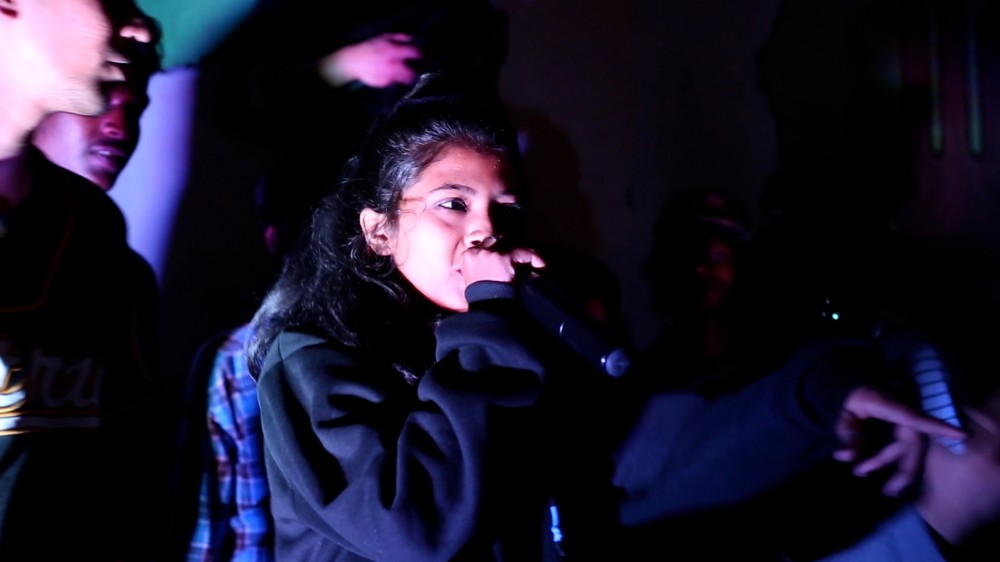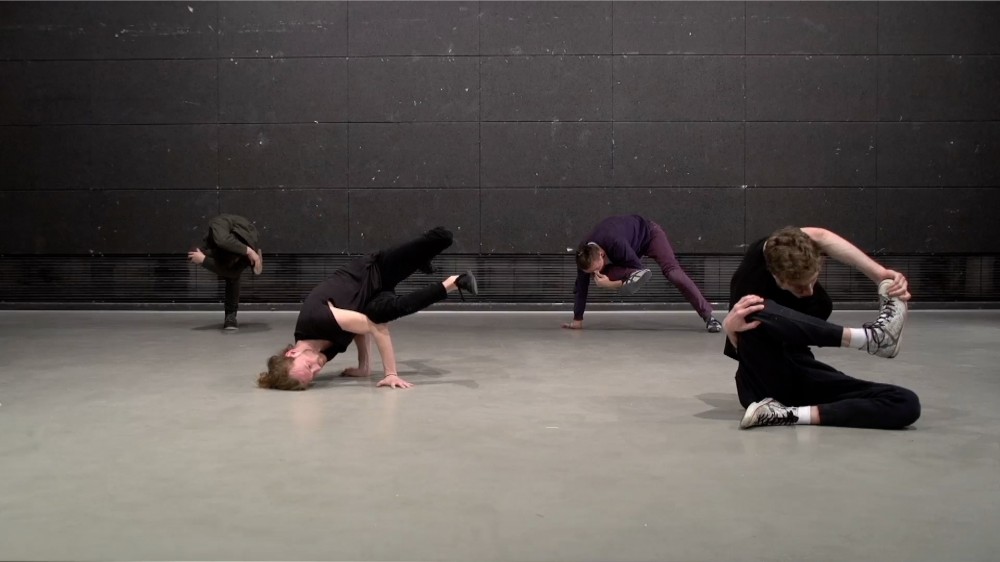
Taэт Vremya explore relationships between bodies, objects and actions with People Doing Moves
Featuring algorithmically-generated sounds from Mubert, an A.I.-powered, generative music library.
Taэт Vremya started life back in 2014 as a contemporary and urban dance group. Growing in size and scale over the last six years, the international performance and art collective now counts among its 40 members performers from Russia, Ukraine, Germany, South Korea, Kosovo, France and Japan, who incorporate film, experimental theatre, music and live performance into their thoroughly multi-disciplinary movement practice.
Exploring notions of identity and societal norms through an inquisitive and often light-hearted approach to movement, their work uses absurdity as a lens through which to view everyday situations. “The movement of everyday life is often so familiar to us that we barely consciously perceive it,” they explain. “Through repetition and alienation, our work is an attempt to make the seemingly familiar movements unfamiliar (and vice versa), driven by the question: ‘Who actually controls whom?’”
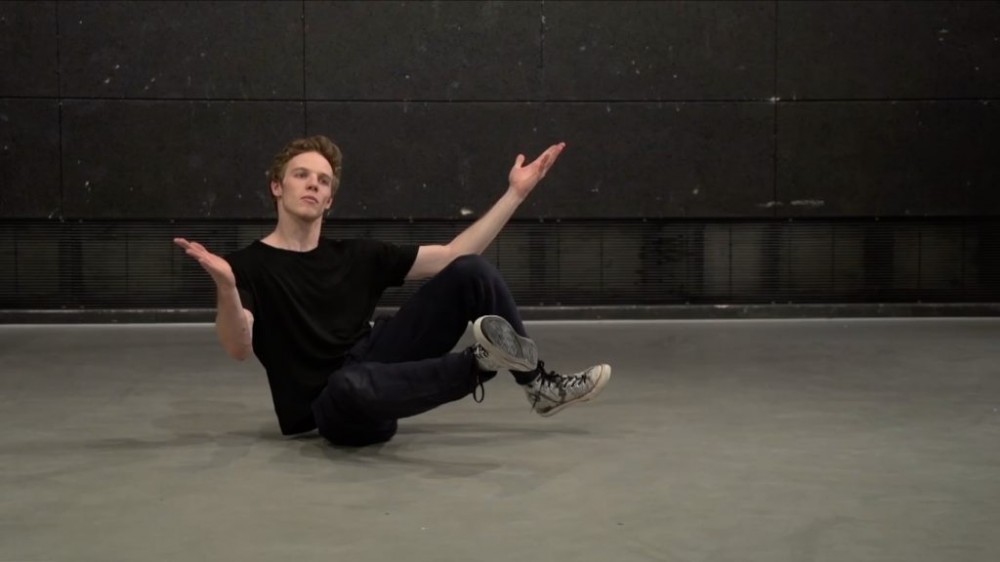
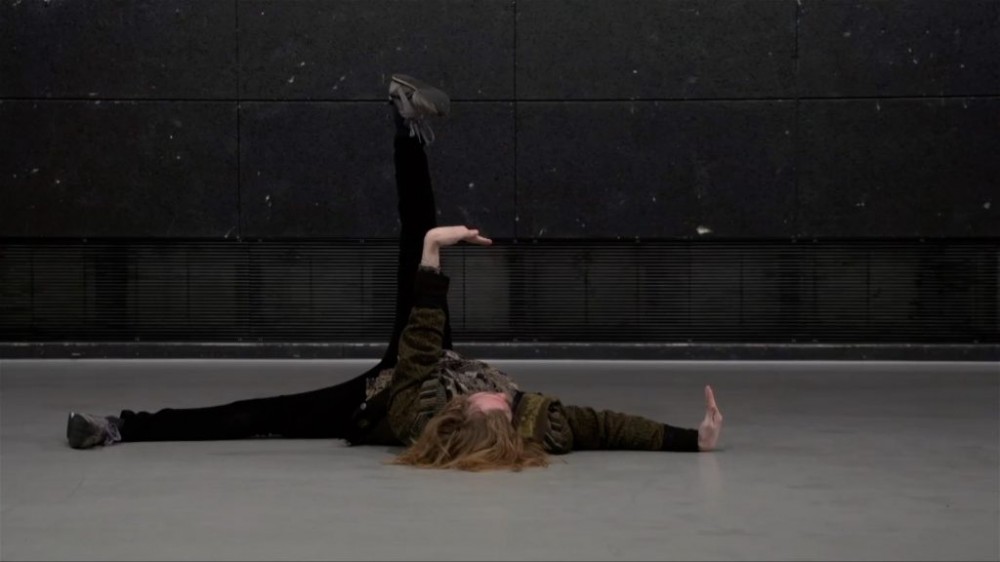
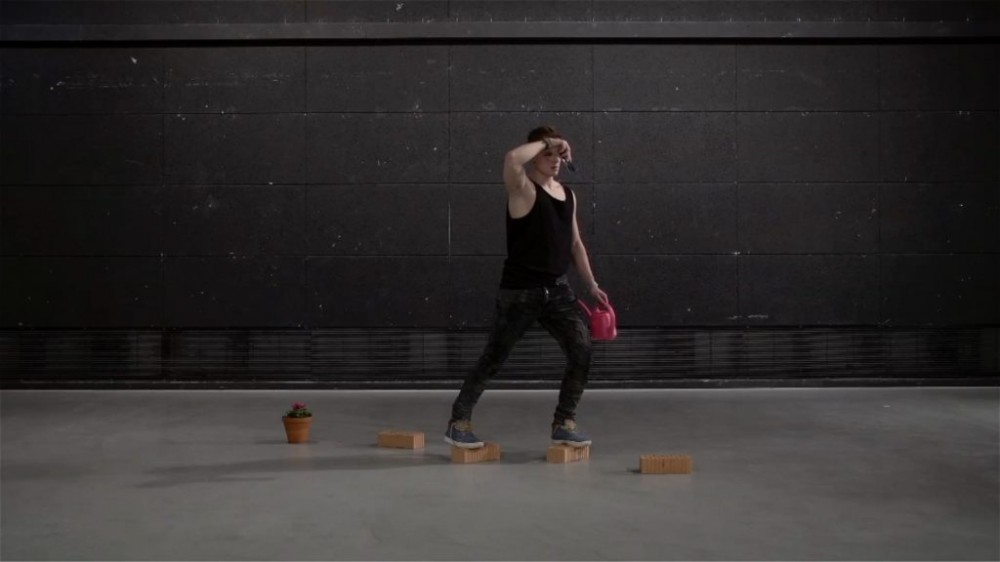
It’s this enquiry that lies at the heart of People Doing Moves, a project the group describes as “a conscious exploration of our bodies and their habits.” Self-contained, singular dance moves are devised and repeated in a process that is designed to realise hidden potentials of people’s bodies. The subsequent staging of these moves then allows both performers and audience members to better understand physical relationships between bodies, body parts, objects and actions.
For the above documentation of People Doing Moves, Taэт Vremya have teamed up with Mubert, an A.I.-powered, generative music library. Using the software, the performers’ movements trigger sounds that are algorithmically-generated from infinite music streams personalised for the collective.
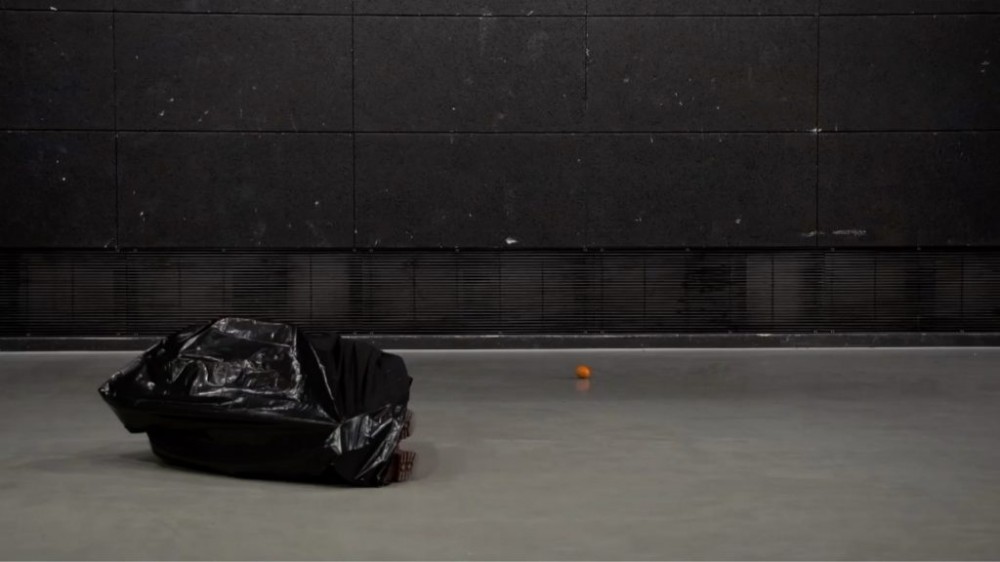
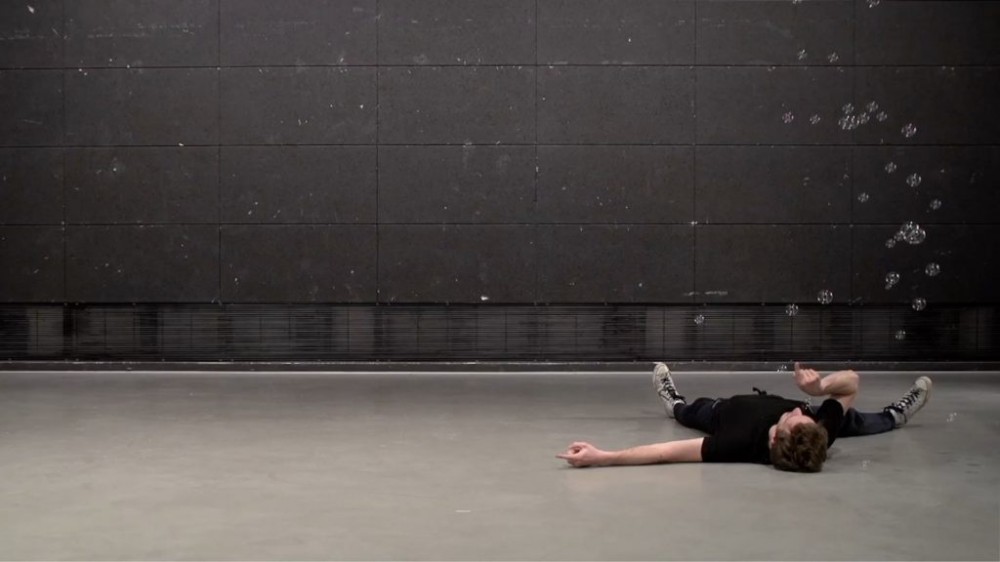
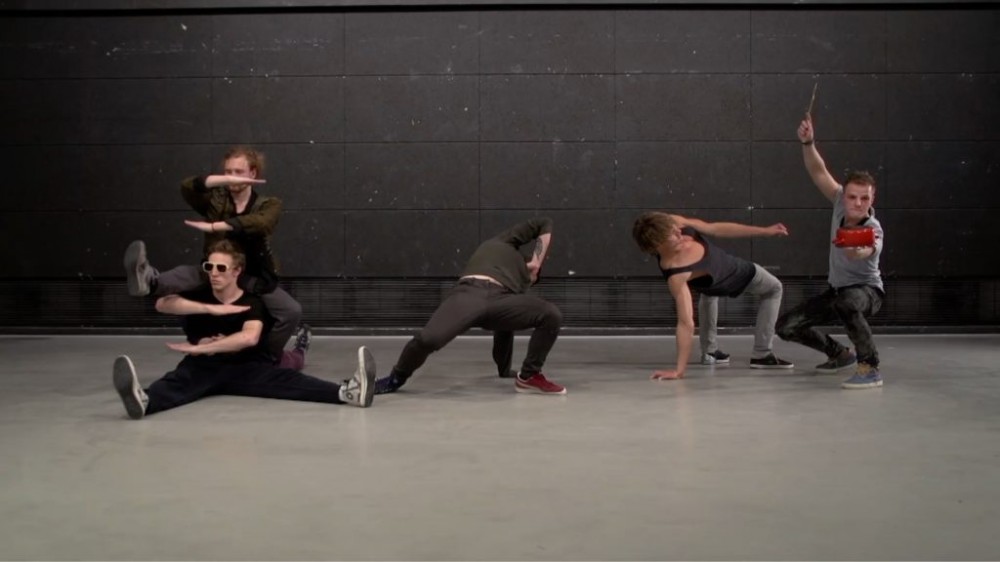
Taэт Vremya want to create a community around People Doing Moves, to provide those interested in the project a platform for unique and innovative approaches to physical movement. You can find the project’s manifesto below, as well a list of strategies for those who want to start making their own moves.
People Doing Moves:
• People Doing Moves is dedicated to everyone.
• People Doing Moves supports people bodies.
• People Doing Moves is self-design.
• People Doing Moves is an accumulation of movements
• People Doing Moves tries to push boundaries and body conventions
• People Doing Moves deals with what an individual body can do: recognise movements, interpret their relevance and intention.
• People Doing Moves is movement research of playing and creating; its physical presence, formability and possibilities.
• The focus is on performing a clear start and endpoint of a movement-pattern. In between everything can happen. Or not.
• There is no right or wrong. You are a human who moves in possibilities.
• People Doing Moves is a universal language.
• People Doing Moves looks for forms between and beyond movement-oriented cultures and is curious about creative mixed forms.
• Concepts of humour, banality, intimacy & effort are a focal point in People Doing Moves.
• People themselves become the result of design and at the same time a designer.
• People Doing Moves can overcome an alienation of art from humans – or vice versa.
• Furthermore, the intention is to rethink and expand our object-subject relationships of bodies in our everyday life and environment.
• Which ‘normal’ or ‘abnormal’ ideas and ways of moving our bodies apply in everyday life?
Act Now:
• Create a move
• Use your body in unusual and witty ways
• Recognise movements that have relevance to your body
• Recognise an irrelevant movement. Execute it. What do you feel now?
• Try to imitate a move
• Try to repeat a move
• Try to learn a move
• Try to repeat and change a move
• Recognise different relationships between objects and your body
• Create a move with an object
• Create a move with an object, while experiencing an emotion
• Create a move from the point of view of an object
• Let the object move you
• Create a locomotion
• Create a move by focusing on sound
• Create a movement with causal relations between your body parts
• Imitate a part of the body with another part of the body
• Choose an everyday movement and change it by repetition and alienation
• Create a move and explain the intention behind it
• Create a movement which addresses a theme
• Instrumentalise your body
• Inspire yourself, inspire others & inspire us
• Our bodies are enough
For more information about Taэт Vremya and their work you can visit their website and follow them on Instagram.

